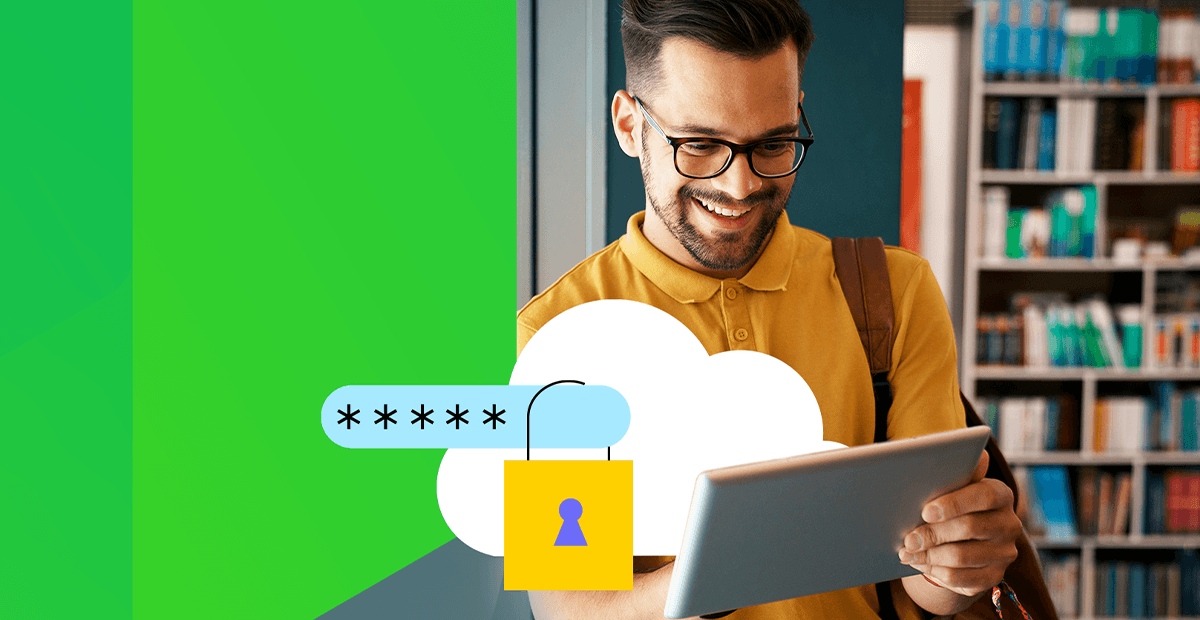What Is the Difference Between SSO, 2FA and MFA?

Learn about the three main security protocols and their differences: Single Sign-On (SSO), Two-Factor Authentication (2FA) and Multi-Factor Authentication (MFA).
In today’s world, security is of utmost importance. We want to protect our data, our accounts and our identities from malicious attackers. The three main protocols that you may come across when dealing with security are Single Sign-On (SSO), Two-Factor Authentication (2FA) and Multi-Factor Authentication (MFA).
While they share many similarities, each protocol serves a different purpose and has its own unique features. Understanding the difference between SSO, 2FA and MFA is essential for anyone looking to stay safe online. In this article, we will discuss the differences between these three protocols, how they work and why they are important for keeping your data secure.
Single Sign-On (SSO)
Single Sign-On (SSO) is an authentication process that allows users to access multiple applications or websites with one set of credentials. SSO creates a single, secure login portal for users to access all their applications, eliminating the need to remember multiple usernames and passwords.
One of the most popular examples of SSO is Google. Once you log in to Google, you can access multiple services like Gmail, YouTube, Maps, etc.
Key Points of SSO
- Requires only one set of credentials for authentication
- Allows for authentication across multiple applications and servers
- Usually requires a third-party authentication provider
- Credentials are securely stored in a centralized database
- Can be used to control access to multiple systems and applications
Two-Factor Authentication (2FA)
Two-factor authentication (2FA) adds an additional layer of security to the authentication process by requiring users to input more than one type of authentication credential. Common types of 2FA include one-time passwords (OTPs), biometric authentication or hardware tokens.
Key Points of 2FA
- Requires two different forms of authentication such as knowledge-based (e.g., username/password) and something you have (e.g., a token or code sent via SMS)
- Provides an additional layer of security
Multi-Factor Authentication (MFA)
Multi-factor authentication (MFA) is an authentication process that requires users to provide two or more pieces of evidence to prove their identity. MFA combines two or more authentication methods, such as passwords, OTPs, biometrics, hardware tokens or other types of authentication. It is more secure than single-factor authentication because it makes it more difficult for a malicious actor to gain access to a user’s account.
Key Points of MFA
- Requires two or more forms of authentication, such as a knowledge-based factor, something you have or something you are
- Provides an extra layer of security and is more secure than 2FA
- Can be used to protect accounts and data from unauthorized access
- Can help protect against phishing and other malicious attacks
- Can be used to control access to multiple systems and applications
SSO vs. 2FA vs. MFA
The three main security protocols have quirks, just like any technology. While they all aim to protect your data, data breaches and identity, they each have their own strengths and weaknesses. It’s important to understand these differences in order to make informed decisions when it comes to protecting your data.
- SSO – This is the most commonly used authentication protocol. It’s easy to use, convenient and saves time. It also helps create a unified digital experience by sending the same information to your device and server.
- 2FA – This type of authentication is more secure than OTPs since it requires two different factors. Further, 2FA is generally more difficult to hack than 1FA, since it requires more than one method of authentication.
- MFA – This is similar to 2FA, but it uses more than one method to verify your identity. This can include a combination of different devices and technologies, such as a mobile app, a separate email address and a hardware key.
Cost
The cost of implementing SSO, 2FA and MFA will depend on the size and complexity of the organization. Generally, a small business can expect to pay anywhere from a few hundred to a few thousand dollars for the setup and maintenance of these security systems.
For larger organizations, the costs can increase significantly, especially if multiple systems need to be integrated or if custom solutions are required. Additionally, ongoing costs for the maintenance and support of these systems may need to be taken into consideration.
User Experience
The user experience of single sign-on (SSO), two-factor authentication (2FA) and multi-factor authentication (MFA) is a much smoother and more secure experience for users. SSO allows users to log in to multiple sites and applications with just one set of credentials. This makes logging in much easier and more secure than having a separate username and password for each site.
2FA and MFA add an extra layer of security by requiring users to authenticate using a second or multiple factors such as a one-time code sent via SMS or email, or biometric authentication. This additional security helps protect users from unauthorized access to their accounts, while still allowing them to conveniently access their accounts with minimal effort.
Implications for Businesses
SSO (Single Sign On), 2FA (Two-Factor Authentication) and MFA (Multi-Factor Authentication) are essential security measures for businesses to protect their data from unauthorized access. SSO simplifies the process of logging into multiple accounts or platforms with just one set of credentials, making it easier for employees to access the resources they need.
2FA and MFA provide an additional layer of security, ensuring that only authorized users have access to the data. The implications for businesses of these security measures are that they can provide a secure environment for their employees while also reducing the risk of data theft or data breaches. Additionally, the increased security can provide customers with confidence that their data is safe and secure.
Final Words
Overall, SSO, 2FA and MFA all offer varying levels of security for online services and data. SSO is the simplest of the three, providing single sign-on access to multiple services with one set of credentials. 2FA requires a second form of authentication, usually in the form of a one-time code or biometric scan.
Finally, MFA requires multiple layers of authentication, allowing for the most secure and reliable authentication. All three technologies can be used together to create an even more secure authentication system.

Vyom Srivastava
Vyom Srivastava is an enthusiastic full-time coder and also writes at GeekyHumans. With more than four years of experience, he has worked on many technologies like Apache Jmeter, Google Puppeteer, Selenium, etc. He also has experience in web development and has created a bunch of websites as a freelancer.
